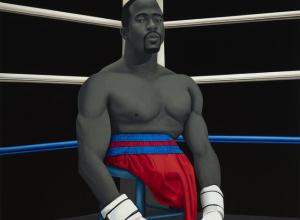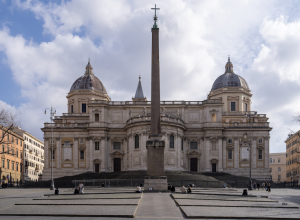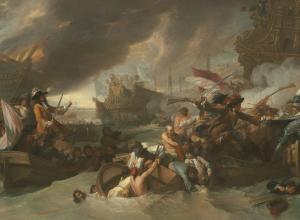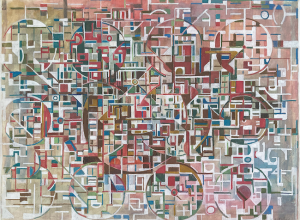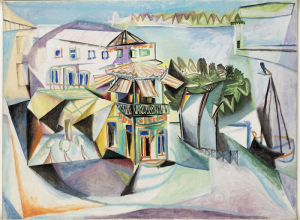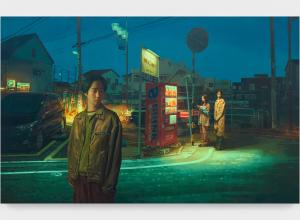Impressionism did not only revolutionize painting, it brought pastels back into the art world. Pastel portraits were popular in 18th-century England and France, but were eventually deemed too feminine for serious male artists, and relegated to schoolroom art, or used as studies for oil paintings. Pastel sticks combine a dry pigment with a sticky binder and are used on paper, or sometimes canvas. Oil pastels are similar in texture to lipstick, while chalk pastels are dryer and crumblier. Marks can be blended or left visible, and colors can be layered. The tactile and immediate nature of pastel made it ideal for Impressionist artists, in their quest for spontaneity.
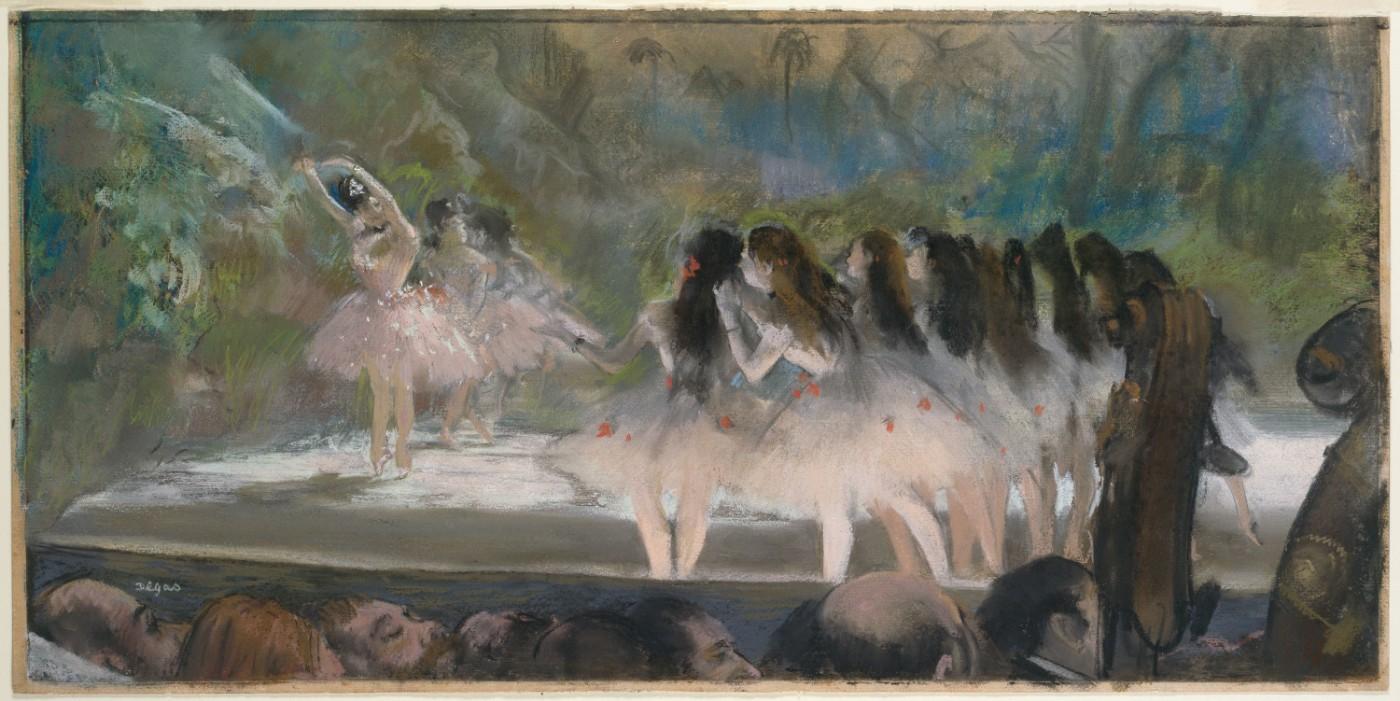
Edgar Degas, Ballet at the Paris Opéra, 1877. Gift of Mary and Leigh Block.
Most people think of oil paintings when they think of Impressionism, but almost half of the works in the eight Impressionist exhibitions held in Paris between 1874 and 1886 were prints and drawings, and pastels have become increasingly popular with collectors. Showcasing these works, The Impressionist Pastels is now on view at the Art Institute of Chicago, with pastel drawings by four prominent Impressionists: Edgar Degas, Mary Cassatt, Eva Gonzalès, and Berthe Morisot.
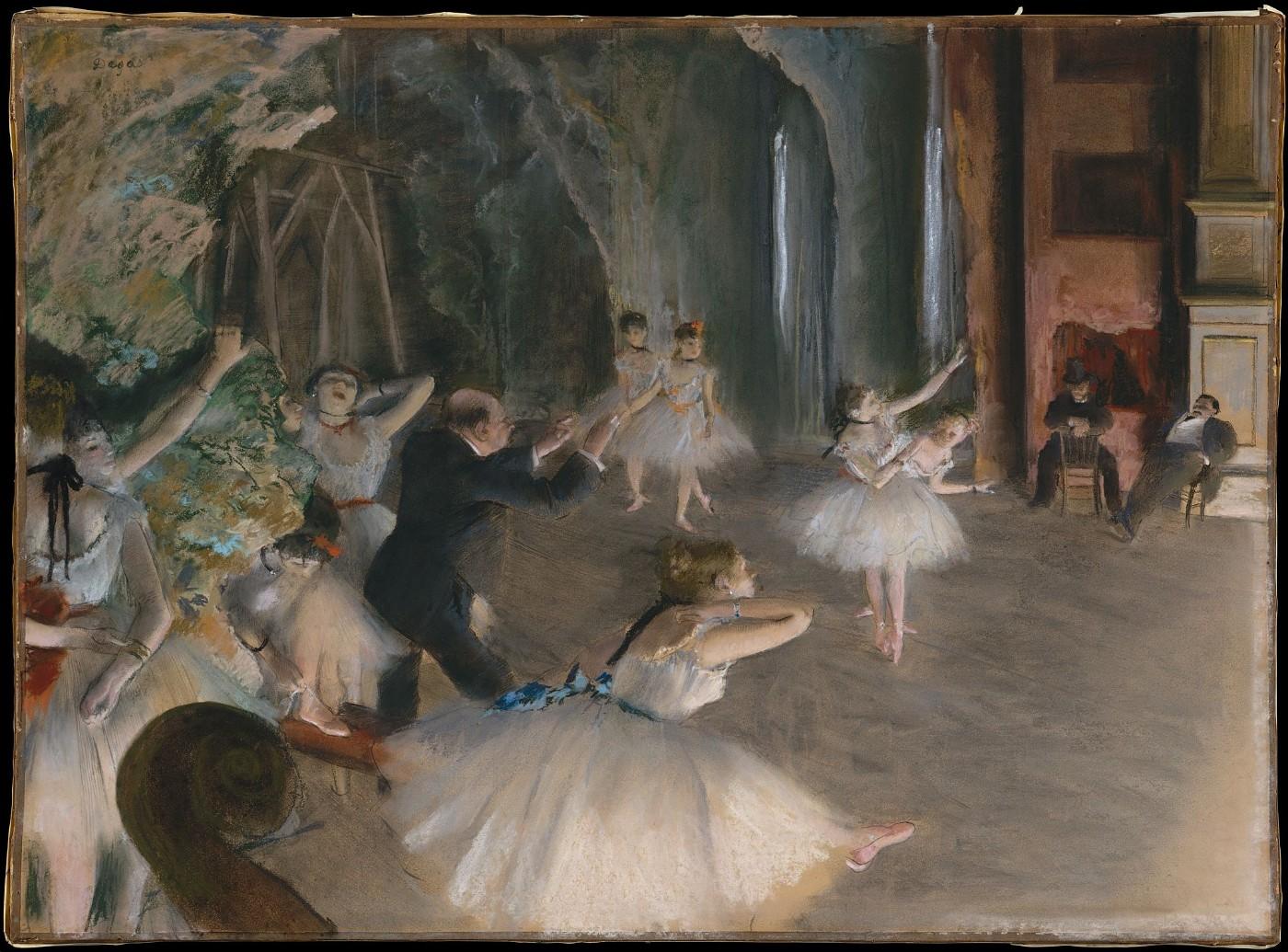
Edgar Degas, The Rehearsal of the Ballet Onstage, circa 1874.
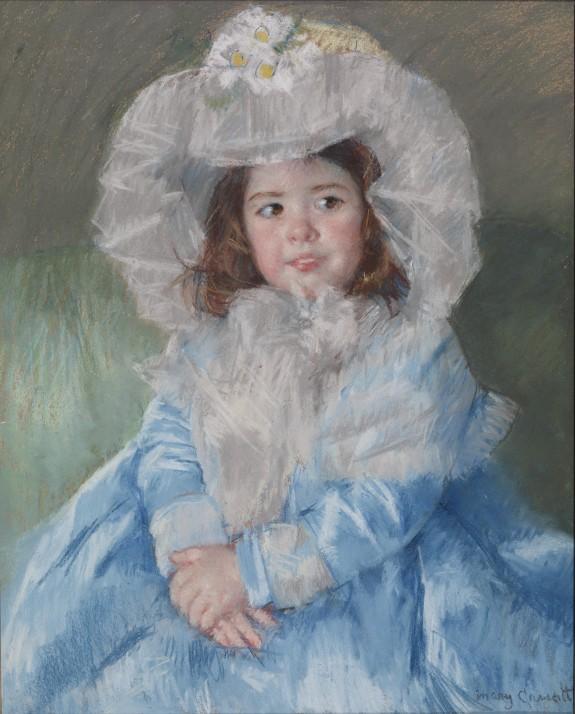
Mary Cassatt, Margot in Blue, 1903.
Considered the father of modern pastel painting, Degas (1834–1917) transformed pastel work into a major medium. Rather than using pastels for studies, he created finished pieces. Instead of following the 18th-century method of blending pigments in a single layer, he used a fixative to prevent blending and smudging, enabling him to use multiple layers of pastel to create astoundingly complex color and tone. Pastel became his primary medium in 1880.
Well-known American Impressionist Cassat (1844–1926) settled in Paris in 1865. A prolific painter and printmaker, she befriended Degas, who encouraged her to try pastels. Cassatt made her living as a figure painter and portraitist. Pastels were the preferred medium for portraiture, as they were faster and easier to use, were odor-free, and could be set aside frequently. Cassatt developed an innovative technique using bold linear pastel strokes to create luminous, richly hued figures of solidity and sensitivity.
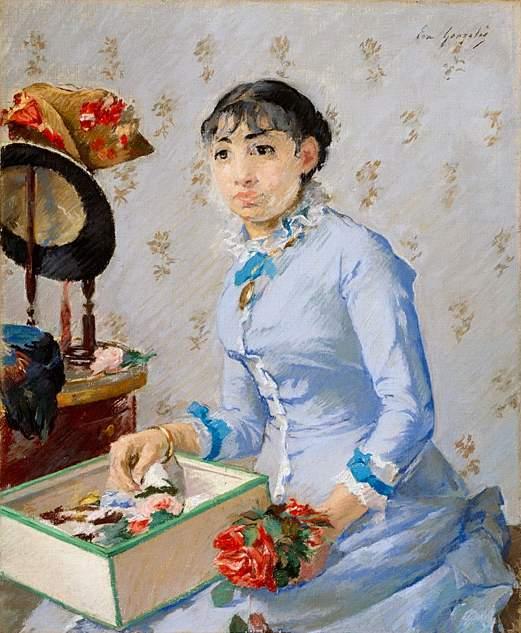
Eva Gonzalès, The Milliner, c. 1877.
Gonzalès (1849–1883), like the other women Impressionists, was forbidden to attend the prestigious Ecole des Beaux-Arts, but her upper-class wealth allowed her to pursue artistic training elsewhere. After befriending avant-garde painter Édouard Manet in 1869, she became the only student he ever accepted. Gonzalès began experimenting with other media in the mid-1870s and became a skillful pastel artist. Her extensive collection of pastel drawings are some of her most successful works.
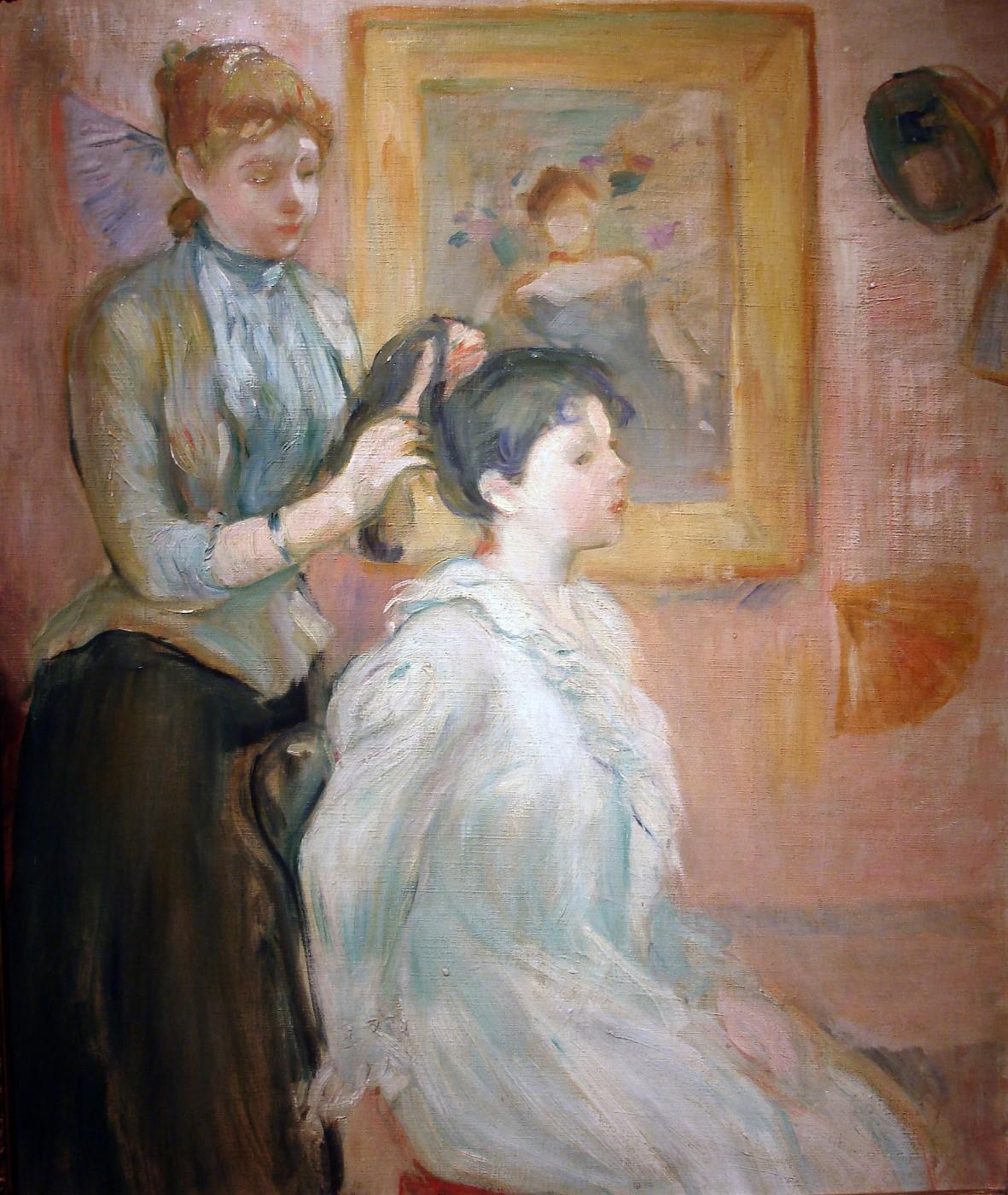
Berthe Morisot, La Coiffure, 1894.
One of Paris’ premier Impressionists, Morisot (1841–1895) was a serious artist at a time when female artists were marginalized. In the 1860s, she and her sister, Edma, regularly exhibited paintings in the salon circuit. They interacted with established artists, including Jean-Baptiste-Camille Corot and Édouard Manet. In the 1870’s Morisot became increasingly experimental, embracing the stylistic changes of the Impressionists. She became one of the most talented and prominent Impressionists and many of her pastels have become iconic.
The Impressionist Pastels is on view through February 9th, 2020.





